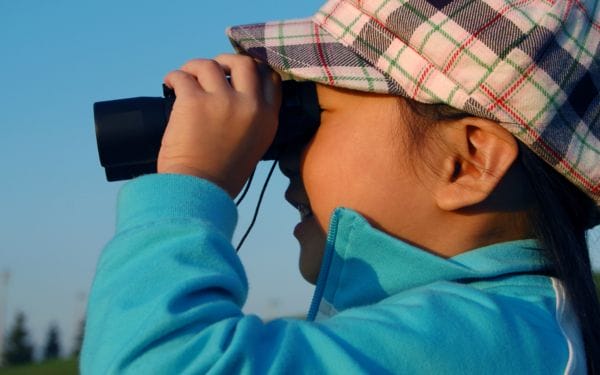January 4, 2021
By Aleta Margolis, Founder and President, Center for Inspired Teaching
Hooray for Monday is a weekly blog filled with questions, ideas, reflections, and actions we can all take to remodel the school experience for students.

Happy New Year!
Webster’s Dictionary defines “new” as just beginning or beginning anew and regarded as better than what went before.
What would it mean to begin anew as teaching resumes in this new year? How do you make it better than what went before when you are teaching a subject or a lesson for the second time, or the tenth time, or the 85th time? What does it look like to begin anew in teaching a group of students who are already known to you, whose learning styles and interests and frustrations you’ve witnessed for months?
My intent was to write about rituals and routines this week, the rituals associated with the end of a year and the beginning of a new one, and their relevance to the classroom. But as I delved into the rituals and routines that are important to me as a teacher – morning meetings, daily mental math, creating songs or poems at the end of the day, among others – I was reminded of the repetition that is an integral part of teaching. This is particularly true for the content we teach. Most of us, if we have taught for more than a few years, find ourselves teaching the same content, even the same lessons, more than once, perhaps many times year after year. Or, if we teach secondary students, we might teach the same thing several times in the same day. With all of this repetition, how can we keep lessons fresh and authentically engaging, for our students and ourselves?

I recently had the pleasure of listening to Alan Alda’s podcast Clear + Vivid, in which he spoke with Itzhak Perlman, one of the world’s greatest living violinists. Alda asked Perlman what he does to keep his performances fresh and authentic. He asked how Perlman navigates performing a Bach sonata or a Beethoven violin concerto a dozen or a hundred or a thousand times.
Perlman’s answer was illuminating: “I try to listen to the music…you have to be interested in the music…You have to have something inside of you that says, ‘this is something special.’ The minute you do that, the music starts to get interesting.”
Perlman’s answer not only illustrates what it means to be a master, it also shows that he is a learner. If you truly listen and observe, if you are truly interested in what you are doing – whether it’s playing music or teaching biology or literature – you will make it interesting for yourself and your students. And you will be transformed, and learn something new every single time.
What would happen if you commit yourself to learning alongside your students, to learning something new each time you teach a lesson? It could be about the subject matter itself, or it could be about the way this particular group of students interacts with the subject matter.
It could be that you learn more about how you feel about the subject matter. (Consider learning to perform double-digit multiplication or balance chemical equations. Those are tasks that might have sparked fear or anxiety the first few times you engaged in them or taught them. How do they make you feel now?) It could be that you deepen your relationship with a student, by focusing your attention on how she engages with a novel or history text or quadratic equation.
One thing is certain: if you learn something new every time you teach, the teaching and learning in your classroom will be better than what went before.
As we start 2021, we have an opportunity to embrace the newness of things that are familiar – like the subjects and the students we teach. If we strive for newness and authenticity, we’ll set our students and ourselves up for joyful learning. And we’ll be doing our part to make this a truly happy, new year.
